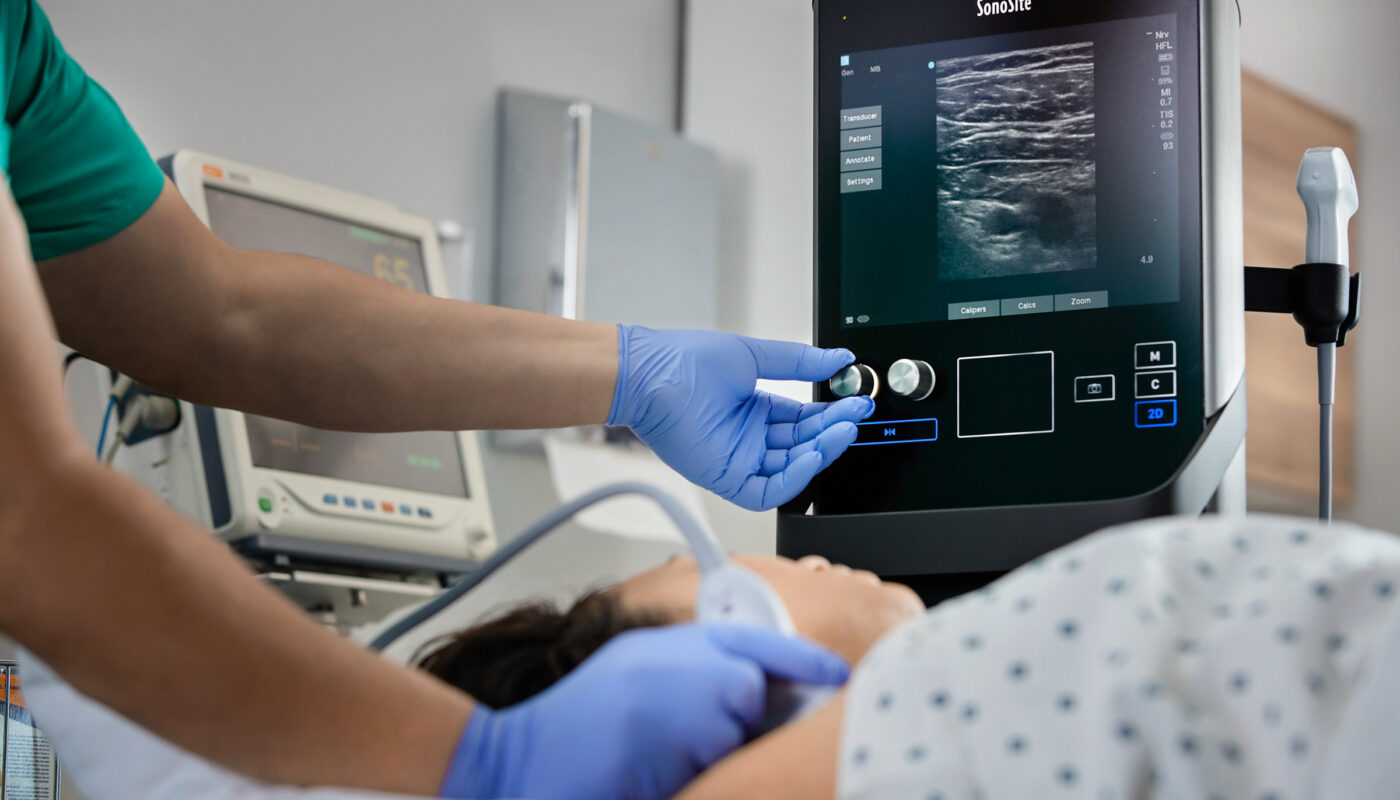A team of researchers at Pohang University of Science and Technology (POSTECH) has successfully developed an advanced ultrasound transducer that boasts high performance and transparency. The breakthrough transducer, known as the transparent ultrasonic transducer (TUT), overcomes the limitations of conventional ultrasound systems and offers the potential for significant advancements in medical imaging technology.
The novel TUT integrates seamlessly with optical pathways, allowing for the combination of molecular imaging contrast with ultrasound imaging. This dual-modal imaging system enables real-time visualization of both molecular and structural information inside the body without the use of ionizing radiation. The enhanced capabilities of the TUT provide greater accuracy and safety in medical diagnosis, offering a wealth of physiological and histological data for improved patient care.
Traditional ultrasound transducers are constructed with multiple opaque layers to optimize acoustic performance, leading to challenges in integrating them with optical systems. The development of the TUT addresses this issue by utilizing a transparent silicon dioxide (SiO2)-epoxy composite material, ensuring exceptional optical transparency (>80%) without compromising acoustic performance. The TUT maintains the same bandwidth as conventional opaque transducers while enabling seamless integration with light pathways.
The research conducted at POSTECH demonstrates that the novel TUT significantly improves depth-to-resolution ratios in ultrasound and photoacoustic imaging. With ratios exceeding 500 for ultrasound imaging and 370 for photoacoustic imaging, the TUT outperforms traditional systems by three to six times. This advancement shatters the conventional depth-to-resolution limit in photoacoustic imaging, pushing the boundaries of what is achievable in medical imaging technology.
Furthermore, the new imaging system has demonstrated its capabilities in conducting detailed structural and functional imaging of live animals and humans. The potential applications of this technology are vast, ranging from light stimulation for cell manipulation to laser surgery for tumor removal and ultrasound examination of residual tissue. The researchers are optimistic about the widespread impact of this research, anticipating its utilization in various fields, including mobile devices, robotics, and medical devices employing ultrasound and optical sensors. The development of the innovative TUT offers new possibilities for enhancing medical diagnostics and treatment, paving the way for future advancements in the field of imaging technology.
This groundbreaking research signifies a significant step forward in the evolution of ultrasound transducers, showcasing the potential for transformative advancements in the field of medical imaging and diagnosis.
*Note:
1. Source: Coherent Market Insights, Public sources, Desk research
2. We have leveraged AI tools to mine information and compile it




